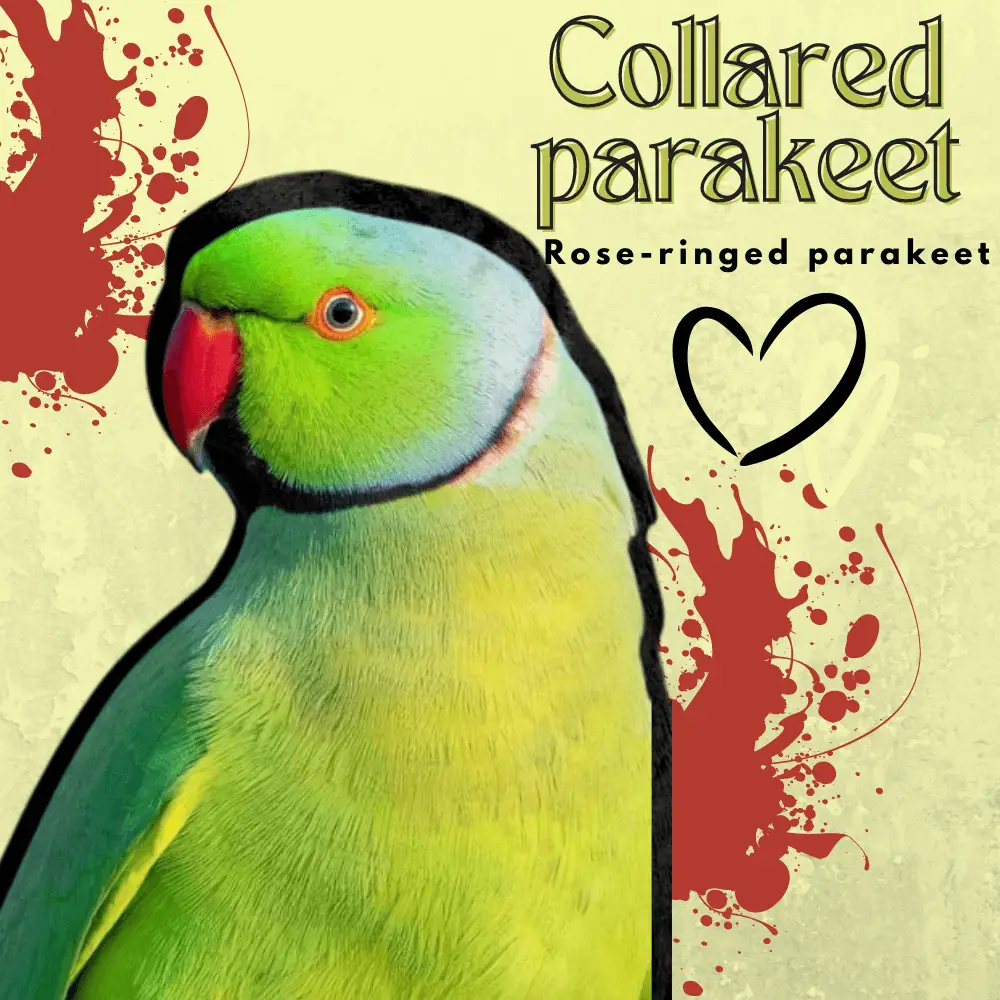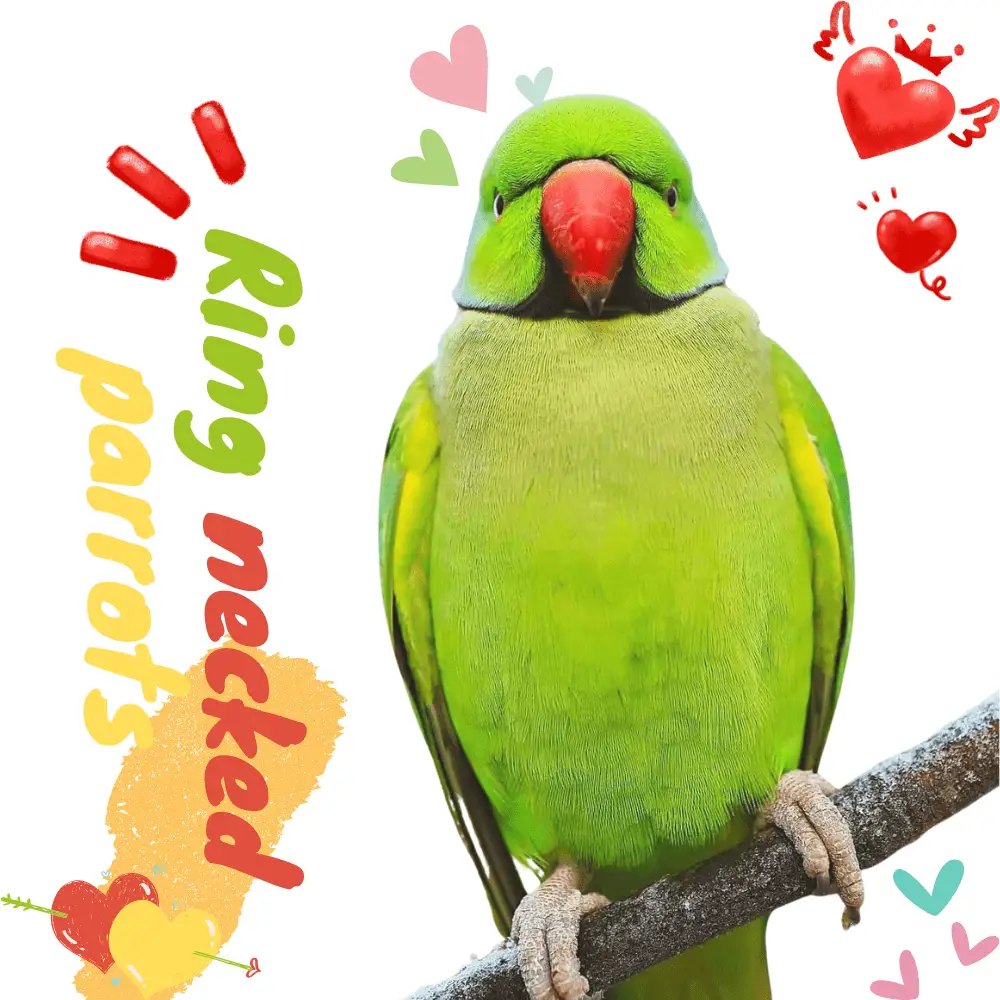The Ring necked parrots is classified as an Invasive Exotic Species (IAS) because it is not native to France and its territory is expanding. It colonizes Europe and because of this classification in EEE, its introduction into the natural environment is prohibited (but it is already widespread there…)
Its presence in Europe is not natural! It was introduced and released probably accidentally in the context of an exotic parrot trade or the fire of a bird shop. It would have arrived in France in the 70s and in the North in the early 2000s, certainly via Belgium or England because the populations in London or Brussels are large. It is probable that the dormitories which have reached saturation point in these towns, trigger the departure of groups of colonizing parrots towards other agglomerations not yet occupied.
This is somewhat “paradoxical” when the human activities that are taking place everywhere on the planet, are constantly introducing and moving, voluntarily or involuntarily, thousands of plant and animal species, profoundly modifying the balances and ecosystems.
The Ring necked parrot is native to the tropical forests of sub-Saharan Africa (west to east) and the Indian subcontinent (from Pakistan to Burma); it is sedentary in its areas of origin, and now also in France and is therefore not a migratory bird. Less and less harsh winters due to global warming, allow the parakeet to gradually extend its territory to the north.
Ring necked parakeet adoption
This gregarious species (which lives in groups, hence the gathering in a dormitory at night), has a strong power of adaptation and a certain intelligence which facilitates its adaptation to the urban environment and to its new territories.
Ring necked parakeet food
Ring necked parrots diet is essentially granivorous-frugivorous: cereals, fruits, buds, and flowers; which can cause damage in orchards on fruit trees. The impact on orchards in the region is currently being studied to measure the share attributable to parakeets compared to other parrots(starlings or wood pigeons).
The scarcity of access to food in the natural environment for parrots is both a cause of their presence in gardens and agricultural environments and a reason for the fall in their populations. This is why it is recommended not to feed parakeets specifically. Or you have to plant fruit trees in your garden and accept the sharing of part of the harvest, as the ancients said:
Like most parrots, the Ring-necked parrots have a two-stage daily rhythm, with heavy feeding at the beginning and end of the day and resting phases in the middle of the day.
Ring necked parrots reproduction

The parakeet generally nests in tree cavities (natural cavities or holes formed by woodpeckers) and rock cracks.
It is a precocious bird that breeds from the end of winter and can successfully raise up to 2 or 3 young (brood of 2 to 6 eggs incubated for 21 days; feeding in the nest for around 40 days).
Little is known about its mode of reproduction: if the bird is noisy in a group, during nesting, the couples scatter in search of cavities in the trees and are much more discreet to protect their offspring… proof extra intelligence of this bird!
The parakeet reproduces little and slowly and lives quite a long time, about 20 to 30 years. Will this bird become a common bird in our cities in the future? just like the Collared Dove which arrived in Europe in the last century …
Ringneck parrot behavior

This gregarious bird gathers in the evening, in dormitories of several thousand individuals. The city of Roubaix is home to the main dormitory of the Lille metropolis with nearly 3000 to 4500 parrots in the heart of the city.
Even if the population is constantly increasing, this dormitory remains modest to speak of invasion, compared to the million inhabitants of the Metropolis. This dormitory indeed seems to attract birds coming from very far away, from several tens of kilometers away, and in particular from neighboring Belgium. Its development is monitored by the LPO Nord associated with the GON and the MEL teams.
Parakeets congregate in urban areas for safety and for the heat source that the city gives off at night, resulting in a sound presence sometimes considered disturbing by local residents and droppings under dormitory trees. The noise pollution is all in all relative because it is above all on arrival in the evening and on departure at dawn (aligned with the solar cycle) that the birds express themselves; at night the parrot is silent with a few cries from the watchers, in case of disturbance, so that the group remains in contact, at most.
The species is mainly worrying because it is anthropophilic (close to places frequented by humans) and therefore easily spotted in peri-urban areas, and it is also quite noisy: strident cry for the human ear but this cry is useful for the bird because it allows it to stay in contact at more than 1 km away with its congeners.
Ringneck parrot relationship with other small parrots
The Ring necked parrots, which have a short and robust beak that reflects their diet, are exclusively granivorous and frugivorous. So any supposed attack to eat the little birds in the gardens is pure “Fake News”! It’s not a raptor!
If it invites itself into your garden: Don’t panic! it won’t scare away the other parrots! The passerines in our gardens have understood this and cohabited peacefully with this species. They regularly take advantage of the peanut or sunflower seed crumbs that parakeets love.
Studies carried out on its possible impact on local species do not show any significant effect on other bird species or strong aggressiveness, even if on the feeders, the parakeet knows how to defend its place for access to food. against other species and their own congeners. To prevent its appetite from depriving the other small parrots of food, a simple fence with a mesh of 4 to 5 cm prevents it from accessing the seeds arranged for passerines.

